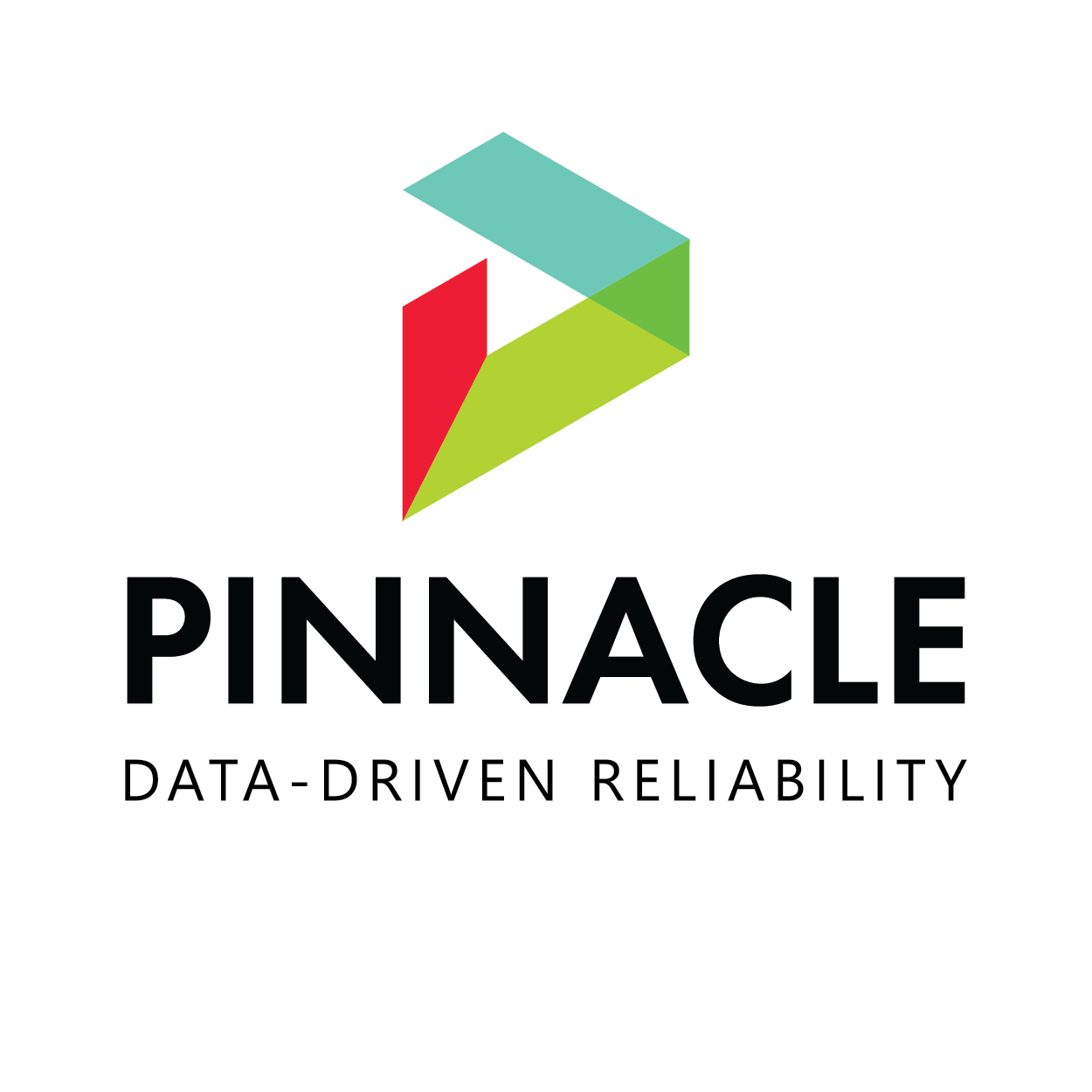
| Date | May/June 2017 |
| Volume | 23 |
| Issue | 3 |
| Return to Journal Index | |
May/June 2017 Inspectioneering Journal Article Index
Read a firsthand account of how organizing Process, People, Plant, and Performance can reveal breakdowns in your corrosion management practices and drive down corrosion related leaks.
Effective condition monitoring location selection is a key component of a best-in-class mechanical integrity program. Learn how moving beyond traditional qualitative approaches to optimized CML selection can reduce risk and maximize the value of...
Meet our team at booth #1652 where we will be showcasing DIMATE PACS and our latest AI advancements. Our cutting-edge software is designed to revolutionize the way energy companies conduct inspections, improve asset safety, and increase margins.
35 years ago, an inspection supervisor, some inspectors, and a project engineer could cover an entire refinery. So why are so many more mechanical integrity resources needed today?
Discover a new ultrasonic inspection approach that provides quantified mechanical integrity and conservative remaining service life information on fiberglass reinforced plastic equipment.
Are you giving CUF the attention it deserves? Learn the vital role fireproofing plays in maintaining the integrity and reliability of what it protects as well as what's needed for managing potential CUF issues.
Steam systems account for almost a third of the energy used in industrial applications for product output. Maintaining their integrity and efficiency is vital. Learn how an effective risk-management process aids in the optimization of these critical...
Risk is an inherent aspect of asset management. Unfortunately, controlling it is easier said than done. Risk must be managed beginning with the initiation of a project and lasting until completion. How can one implement a reliable risk management...
The "simple" process of PWHT is more complicated than it may appear at first glance. Knowledge of the procedures, attention to details, and actual experience are indispensable in preventing failures caused by improper PWHT.
Asset integrity and life cycle management are unique but intertwined concepts. The dynamic process between these principles has a significant impact on the lifecycle of individual assets and, therefore, the integrity of an entire plant.




























